
The Theology of Will Eisner
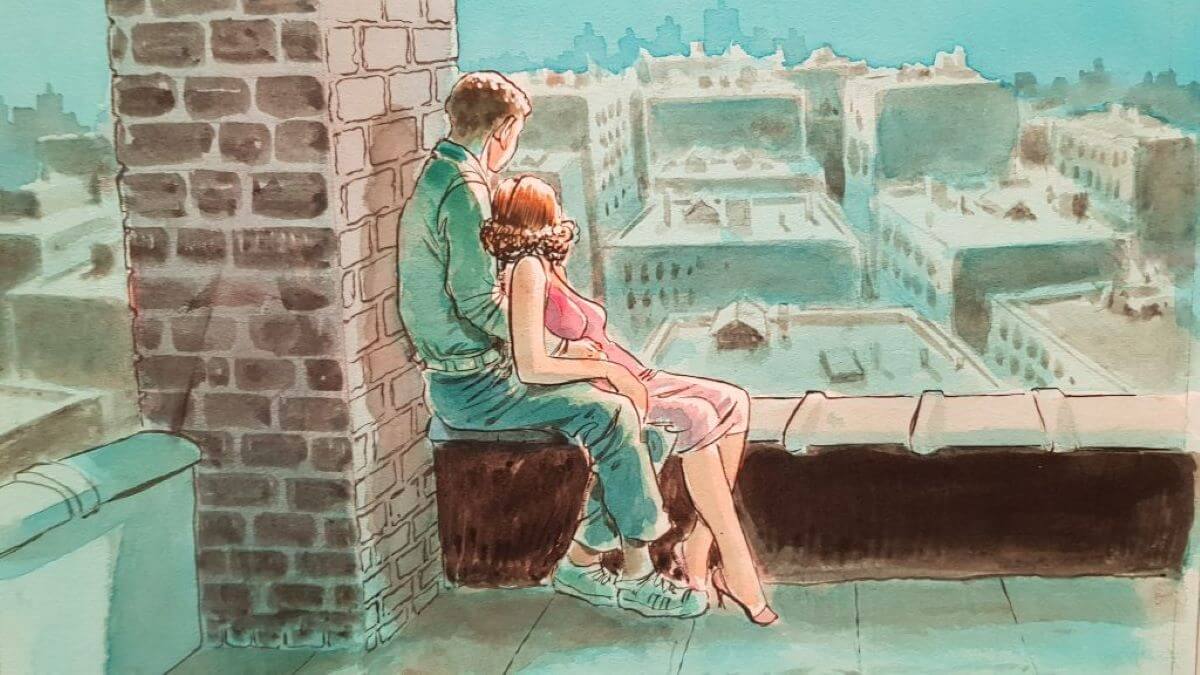
Last week San Diego hosted roughly 130,000 people from around the world for its annual pop culture jamboree, San Diego Comic-Con. The event, which began as a comic and sci-fi fan meetup in 1970 in the basement of a local hotel, has turned into a massive affair dominated by film and television companies looking to promote their latest projects.
Every year, in the central glass pavilion where attendees check in, there is a single small table where you can find books being given out for free. They have nothing to do with the latest blockbuster Marvel movie or HBO TV show. Filled with black-and-white stories of New Yorkers from the 1930s and 40s, they might not initially mean much to many passersby. And yet, forty-plus years after their publication, these works from cartoonist Will Eisner are still considered groundbreaking and spiritually profound.
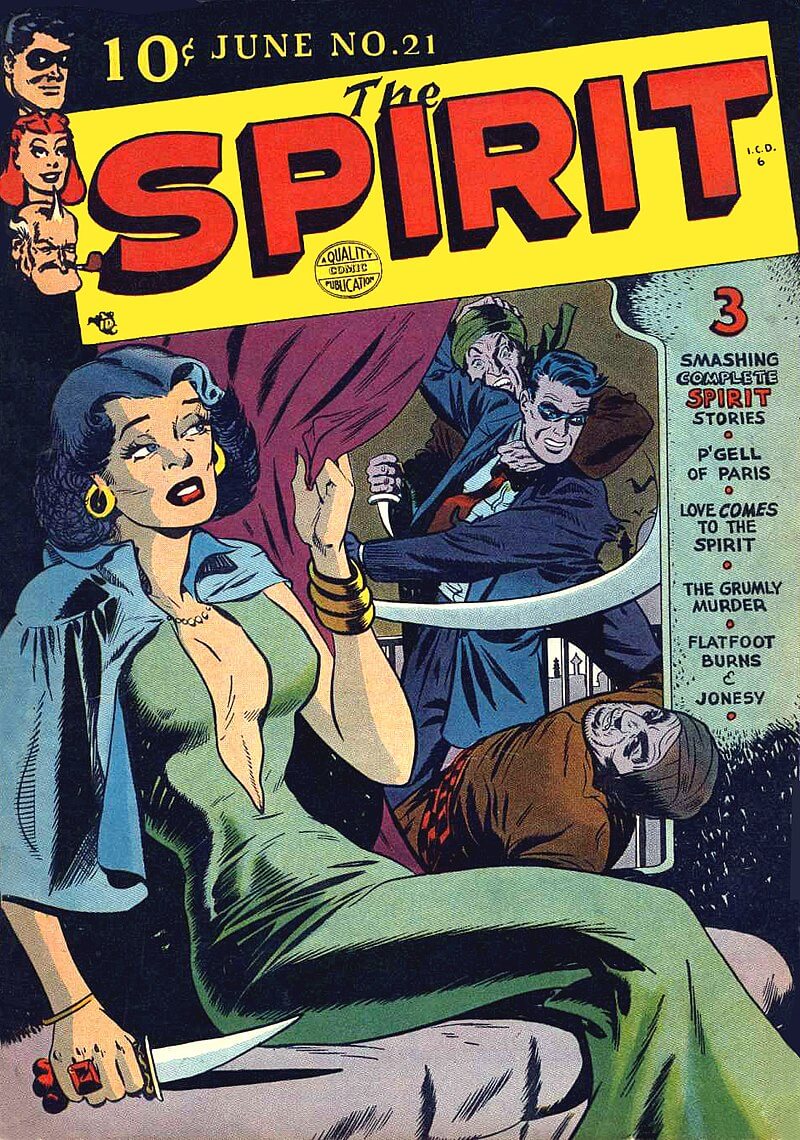
Born in Brooklyn Eisner made his living before and after World War II drawing a Sunday newspaper crimefighter comic strip called The Spirit. Eventually he left the comic to found a publishing house dedicated to creating instruction manuals with graphic components for everyone from the Army to the Baltimore Colts. But in 1971 an invitation to a comic book convention changed his life. Having been away for almost twenty years, he hadn’t realized how the genre had grown to consider more adult subject matter told in far more experimental ways.
Inspired by these changes in the industry, Eisner decided to write a book about “a subject that I felt had never been tried by comics before,” as he explained in 2002 at a symposium about his work: “man’s relationship with God.” A Contract with God and Other Tenement Stories would contain four long-form stories inspired by his own experiences. The title story concerns Frimme Hersh, a Hasidic Jew who as a child formulates a contract with God, believing that if he is a good man God will do good things for him. But then, despite having been faithful and generous for many years, Frimme loses his daughter Rachele. Furious, Frimme shouts at God for having broken their contract, and abandons his religious convictions in favor of a life of wealth and self-centeredness.
In the end, Frimme seems to return to the faith, making a new contract with God created by three rabbis. But on the last page, he shouts at God again, “This time, you will not violate our contract! This time, I have three witnesses!” And at that moment he has a heart attack and dies.
It’s a brutal story, like the biblical tale of Job but with the additional hardship that God’s point of view is left completely unknown. Does God care about Frimme? Did he see Rachele’s death as a sort of test like that endured by Job or Abraham? Was Frimme’s heart attack a punishment? We don’t know.
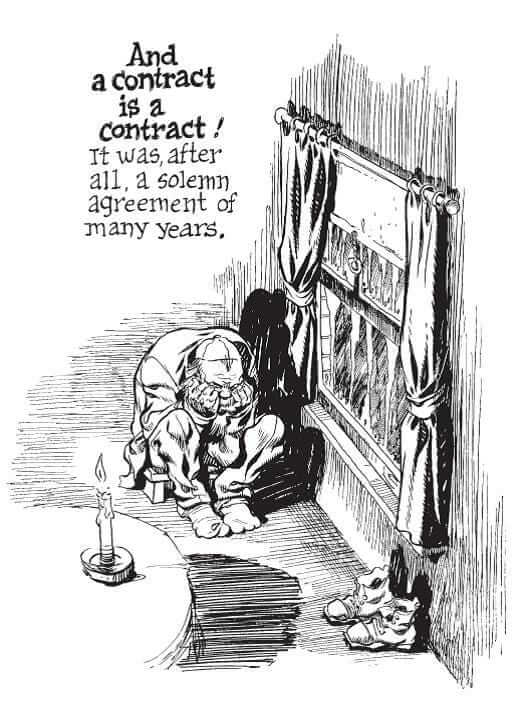
Many years after A Contract with God was published, Eisner acknowledged that this story came from his own struggle to deal with the death of his daughter. The book “was an exercise in personal agony,” he wrote in the 2004 preface. “His anguish was mine … I exorcised my rage at a deity that I believed had violated my faith and deprived my lovely 16-year-old child of her life at the very flowering of it.”
In the decades that followed, Eisner produced many more “graphic novels,” as he dubbed them, all centered on life in New York. And while few confronted God quite so directly, in many ways his work grew only more spiritual. In A Life Force, a sort of sequel to Contract with God, Eisner follows residents in the same building as they fight to survive during the Great Depression. Their stories are filled with ups and downs, acts of generosity toward one another that bring new life followed endlessly by new turning points, new struggles. A frequent theme in Eisner’s work is that life doesn’t stop just because you’re in a good place or a bad one. Every day confronts us with new choices that may seem infinitely small and meaningless, yet end up either doing good or harm.
Again and again in Life Force, one of the characters asks God what exactly is the point of life, when it goes on and on like this. As with Frimme, he is met only with silence. But in the end he concludes that the drive to survive is itself something holy, to be valued and supported. Suffering may cause us to question everything, but in our suffering we discover how deep and profound is our shared life force.
In other books, Eisner would focus his attention on the physical structures in which we live and move in a big city as themselves doorways into the spiritual. A widower pushed by his children to retire to Florida in A Sunset in Sunshine City walks through his neighborhood the night before he is to leave. And each location he passes stirs up memories—the storefront that he and his wife turned into a diner; the curb where he consoled his daughters after their dog was run over.
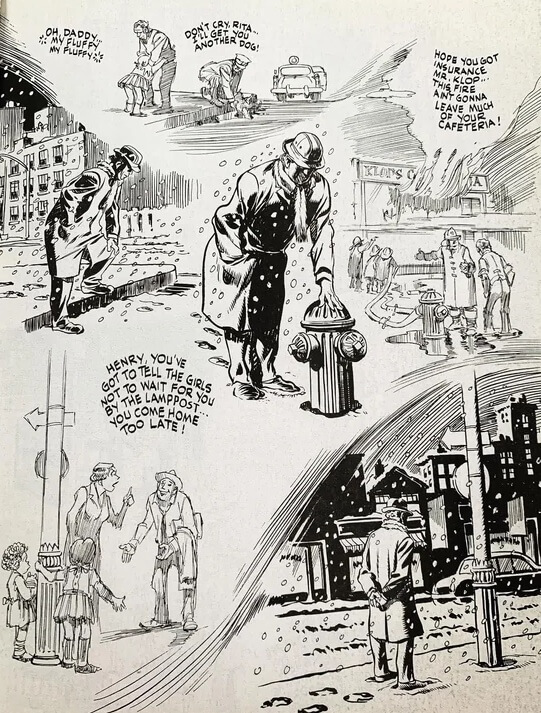
It’s a beautiful evocation of a life, but what’s most striking is the story’s insistence on the unseen sacramentality of our world. A light post is not just an object on the street, a sewer cap not just a city fixture—they’re each touchstones drawing us into a deeper appreciation of our humanity. “I know now that these structures, barnacled with laughter and stained by tears, are more than lifeless edifices,” he writes in his 1987 introduction to The Building. “It cannot be that having been part of life, they did not somehow absorb the radiation from human interaction. And I wonder what is left behind when a building is torn down.”
In New York: The Big City, Eisner considers life in a city as a whole by way of different city settings, such as the stoop, the subway, or the window. And once again, in focusing on everyday parts of our existence, he casts into relief the overlooked and microscopic—the slow-burn strain of being on a subway when it’s stuck; the drama of trying to get across a busy street before the light changes; the comedy of a well-dressed businessman covertly getting into a busker’s music. Our lives, as Eisner sees them, are a jigsaw puzzle of endless ordinary moments through which we touch the holy and the profound.
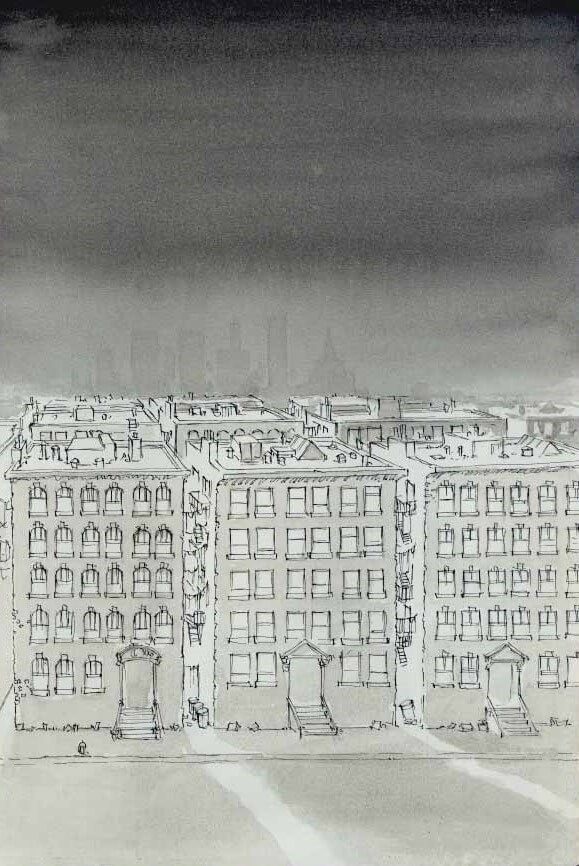
In an interview with the writer J.W. Rinzler a few years before his death in 2005, Eisner said, “My concern has always been with man’s struggle with life. Life is the enemy, as far as I’m concerned.” Like the main character in A Life Force, he explained that “We struggle to stay alive; survival is the very essence of our activity.”
Rinzler expressed surprise at Eisner’s point of view, noting that he’d always found Eisner’s work optimistic. “I’m an optimist because I keep hoping that man can prevail.” But, he explained, “I’m not a moralist. What I do is reportage.”
Maybe calling Eisner a theologian or describing his take on the city as sacramental takes his work a step too far. As a Catholic, there’s always that temptation to impose your own religious ideas on others’ work, as though it’s “what’s really going on.” And yet, whether plunging neck-deep into the grief and misery of a person of faith or bearing witness to a simple image of a city building, a man and a woman sitting on a rooftop, I can’t help but think of Eisner’s depiction of reality as indeed revelatory, a kind of transubstantiation. Ordinary life in his hands is still ordinary; and yet his work shows us life’s beauty and drama. To read his work is to better appreciate what it is to be human and alive.

